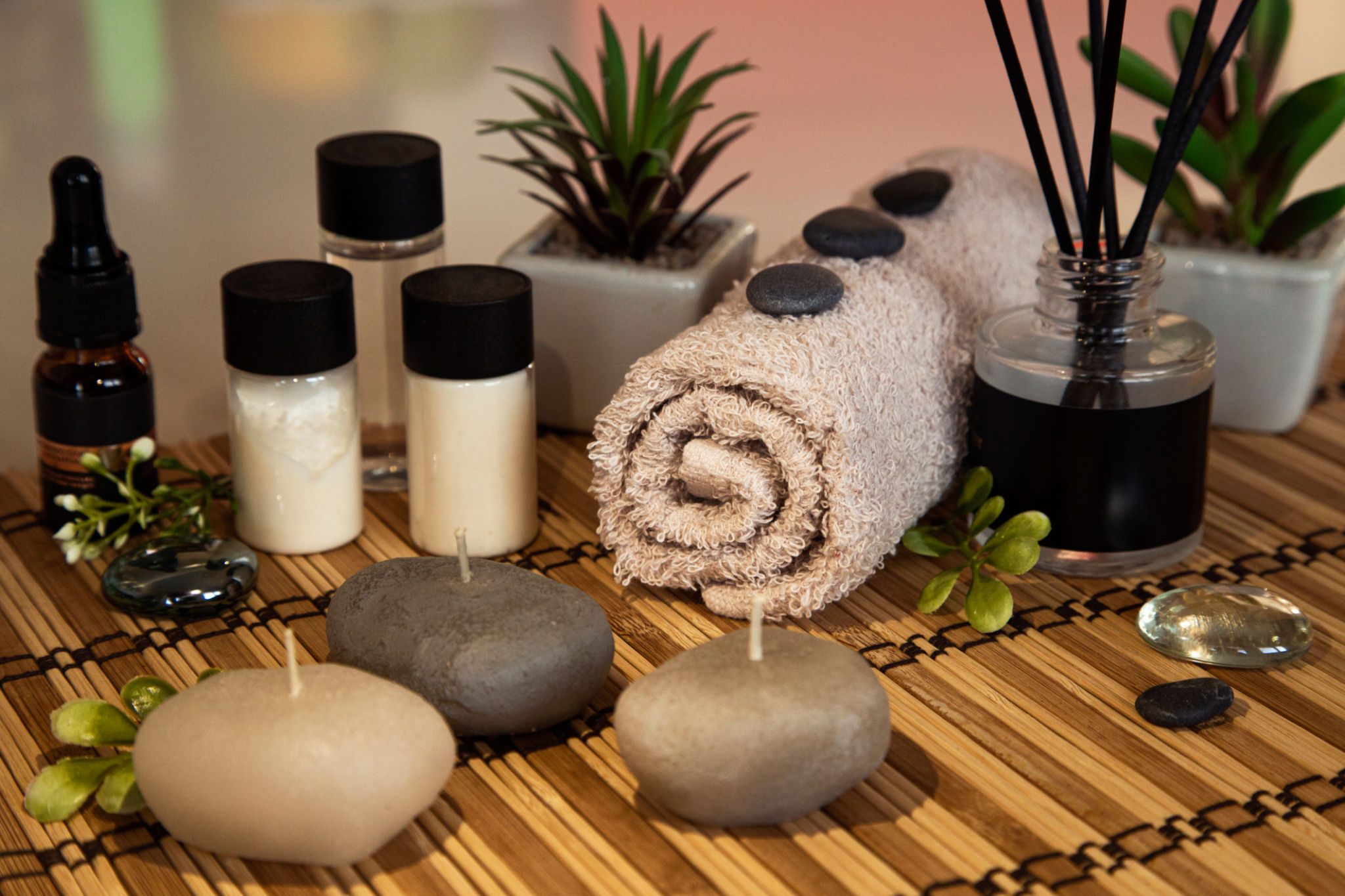The Ultimate Guide to Relaxation Massage: Techniques from Thailand
Introduction to Thai Relaxation Massage
Thai relaxation massage is a centuries-old art that combines physical and spiritual healing. Originating from ancient Thailand, this massage style focuses on achieving deep relaxation, stress relief, and rejuvenation. Unlike traditional Western massage therapies that primarily involve muscle manipulation, Thai massage emphasizes stretching, acupressure, and the use of the therapist's body to aid in realignment and balance.

The Philosophy Behind Thai Massage
Central to Thai massage is the concept of energy lines or "Sen." These lines are believed to carry vital energy throughout the body. Blockages in these lines can lead to discomfort and illness. Thai massage aims to clear these blockages, ensuring a smooth flow of energy. By doing so, it not only addresses physical pain but also enhances emotional and spiritual well-being.
Key Techniques in Thai Relaxation Massage
Thai massage employs a variety of techniques that are distinct from other massage styles. Some of the most common methods include:
- Stretching: The therapist uses yoga-like positions to stretch muscles and improve flexibility.
- Acupressure: Pressure is applied to specific points on the body to stimulate and unblock energy flow.
- Rhythmic Compression: Gentle pressure is applied using hands, feet, elbows, or knees to relax muscles.

The Benefits of Thai Relaxation Massage
The benefits of Thai massage extend beyond physical relaxation. Some key advantages include:
- Improved Circulation: The combination of stretching and acupressure helps enhance blood flow throughout the body.
- Increased Flexibility: Regular sessions can significantly improve range of motion and flexibility.
- Stress Reduction: The meditative aspects promote mental clarity and relaxation.
Preparing for a Thai Massage Session
Before attending a Thai massage session, it’s important to prepare both physically and mentally. Wear comfortable, loose-fitting clothing that allows for movement. It's also advisable to avoid heavy meals before your session to ensure comfort while lying down and moving into various positions.

Choosing a Qualified Therapist
When selecting a therapist, it's imperative to choose someone who is trained and certified in Thai massage techniques. Look for practitioners with reputable credentials and experience. Personal recommendations and online reviews can also be helpful in finding the right therapist for you.
Post-Massage Care
After a Thai massage session, it's essential to stay hydrated and rest. The body might continue to release tension and toxins, so drinking plenty of water can aid in detoxification. Light stretching can also help maintain the benefits gained during the session.
Embracing Thai Massage as a Lifestyle
Incorporating Thai relaxation massage into your regular wellness routine can lead to profound improvements in both physical and mental health. Whether you seek relief from chronic pain or simply want to unwind, this ancient practice offers a holistic approach to healing that nurtures the body, mind, and spirit.